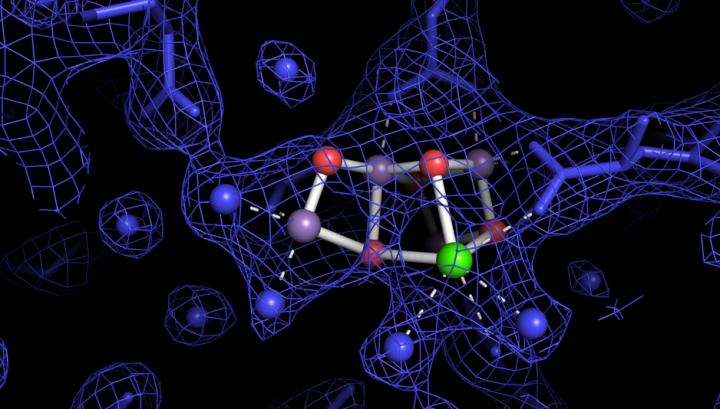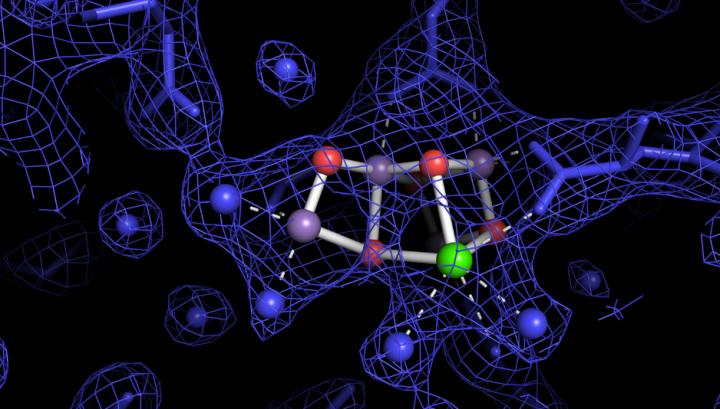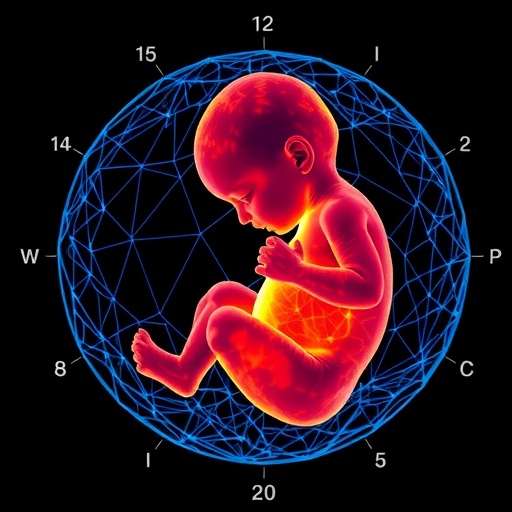
Credit: Johannes Messinger
In a new study, an international team of researchers made significant progress in visualizing the process how plants split water to produce oxygen. The results are published in Nature.
For mitigating climate change plants play a crucial role: they use sunlight to remove the greenhouse gas carbon dioxide from the atmosphere and convert it into biomass. By splitting water, they also produce in this process the oxygen we breathe. This latter process may turn out to be even more important for saving the climate: if understood completely, it will lead researchers to the development of devices that produce clean hydrogen fuel from solar energy and water, with much higher efficiency than plants can produce biomass.
In collaboration with an international team of researchers, professor Johannes Messinger, who recently joint the Molecular Biomimetics Program at Uppsala University, has now found a way how to visualize this reaction at high resolution using the X-ray free-electron laser at SLAC National Accelerator Laboratory and Stanford University. For this work the research consortium developed new ways to grow microcrystals of photosystem II, the protein complex that in plants is responsible for producing oxygen from water using sunlight. These microcrystals were then placed on a conveyor belt using technology akin to ink-jet printing. On the belt, the crystals were illuminated with laser flashes of green light, to start the water splitting reaction cycle. The structure of these activated states were subsequently visualized by hitting the crystals at the end of the belt with ultrafast X-ray pulses.
'This work is a breakthrough. It paves the way to study, step-by-step, how an oxygen molecule is formed from two water molecules.' says Johannes Messinger, who is one of the lead authors of this study.
In the report, the authors were able to resolve structural differences between two of the states in photosystem II that are involved in water splitting. To reach this goal, research teams from the Lawrence Berkeley National Laboratory, University of Stanford, Humboldt University Berlin, Umeå University and Uppsala University collaborated for five years.
'We are now all set up to tackle the final mysteries of how plants make oxygen – a dream has come true', says Johannes Messinger.
###
Media Contact
Johannes Messinger
[email protected]
46-184-713-671
@UU_University
http://www.uu.se
############
Story Source: Materials provided by Scienmag





